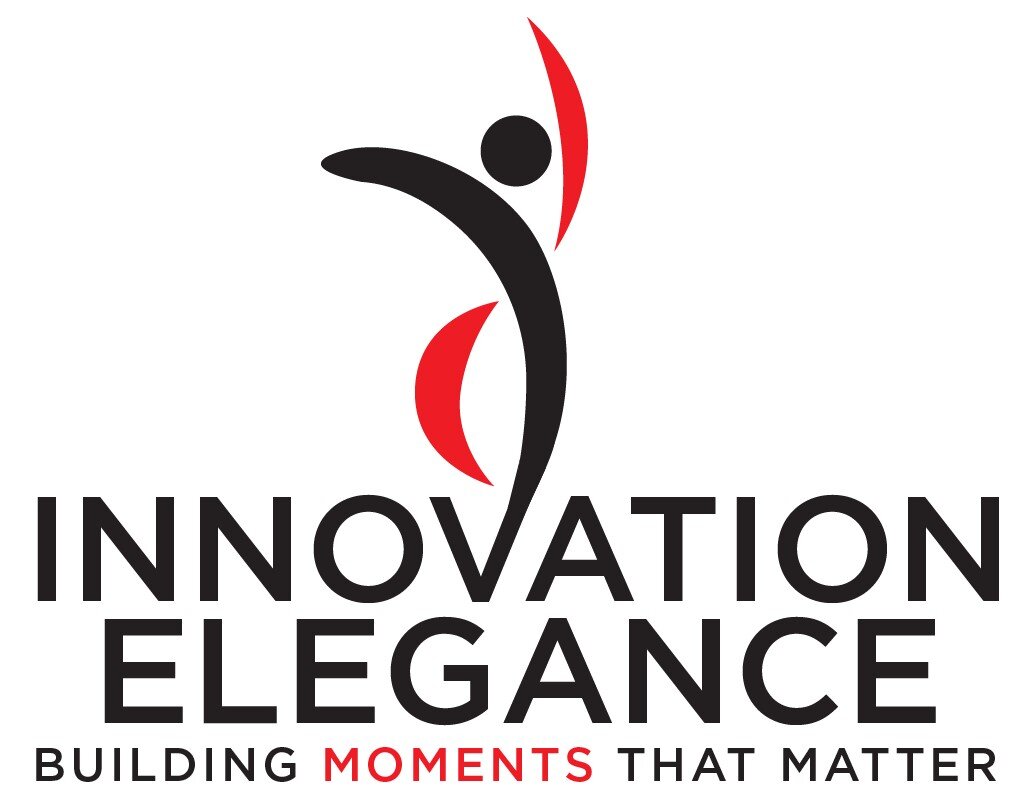Improve Your Culture’s Variability
“Any customer can have a car painted any color that he wants so long as it is black.”
Variability is great for brainstorming, karaoke, and seashells. In innovation, you can have too much of a good thing. Most innovation teams need to reduce variability to avoid a culture of “being all over the place.”
Customers want variability without being paralyzed or overwhelmed. You manage variability in the Customer Experience through things like surveys, focus groups, and formal Voice of the Customer programs.
To make your organization’s innovation efforts foolproof, variability in the Employee Experience is a very different story. A team that generally executes with high variability is doomed to poor focus, speed, and quality. A team that executes with controlled variability is likely to be focused, fast, and experts in what they do.
When a team reflects on a difficult project, a common conclusion is, “We should communicate more.” This suggestion is so simplistic and ambiguous that it’s counterproductive. Simply communicating more — e.g., more meetings? more email? — adds to organizational noise. Discipline for communication formats - variability - is important to avoid being “all-over-the-place.”
In a twenty-first century team environment, it’s a bad idea to closely manage things like meetings and emails. Managing these two communication channels is counterproductive, and impossible, and oppressive. It is a much more realistic, productive, and defensible stance to manage how your team writes — outside email, outside online chat, and in collaborative documentation.
Standardize what is worth documenting in the first place; have an inventory ready to educate, adhere, and refine
Write in active voice and minimize passive voice; for practically everything in innovation, you must state the who and what of the activity
Avoid “nominalization” or “noun-ifying” verbs
“Create <object>” is good; “Creation” leads to ambiguity
“Terminate <object>” is good; “Termination” leads to ambiguity
“Select <object>” is good; “Selection” leads to ambiguity
Within process and training documentation, use present tense
Mixing past tense and future tense is likely to create confusion
Write like a theater script
Avoid verb sprawl — your lexicon doesn’t need dozens of verbs
In your project plan, Five Verbs “Draft, Review, Revise, Approve, Distribute” are perfect (four verbs is inadequate | a sixth verb is noise)
Reduce the variability, ambiguity, and “room for interpretation” in how your team writes. Paradoxically, there is freedom in having the right constraints. Reducing occasions of reinventing the wheel enables your team to 1) improve the speed and quality of their writing and 2) raise the altitude of their thinking, talking, and collaboration.
Variability shapes your culture. Controlled variability makes your organization focused and fast.


